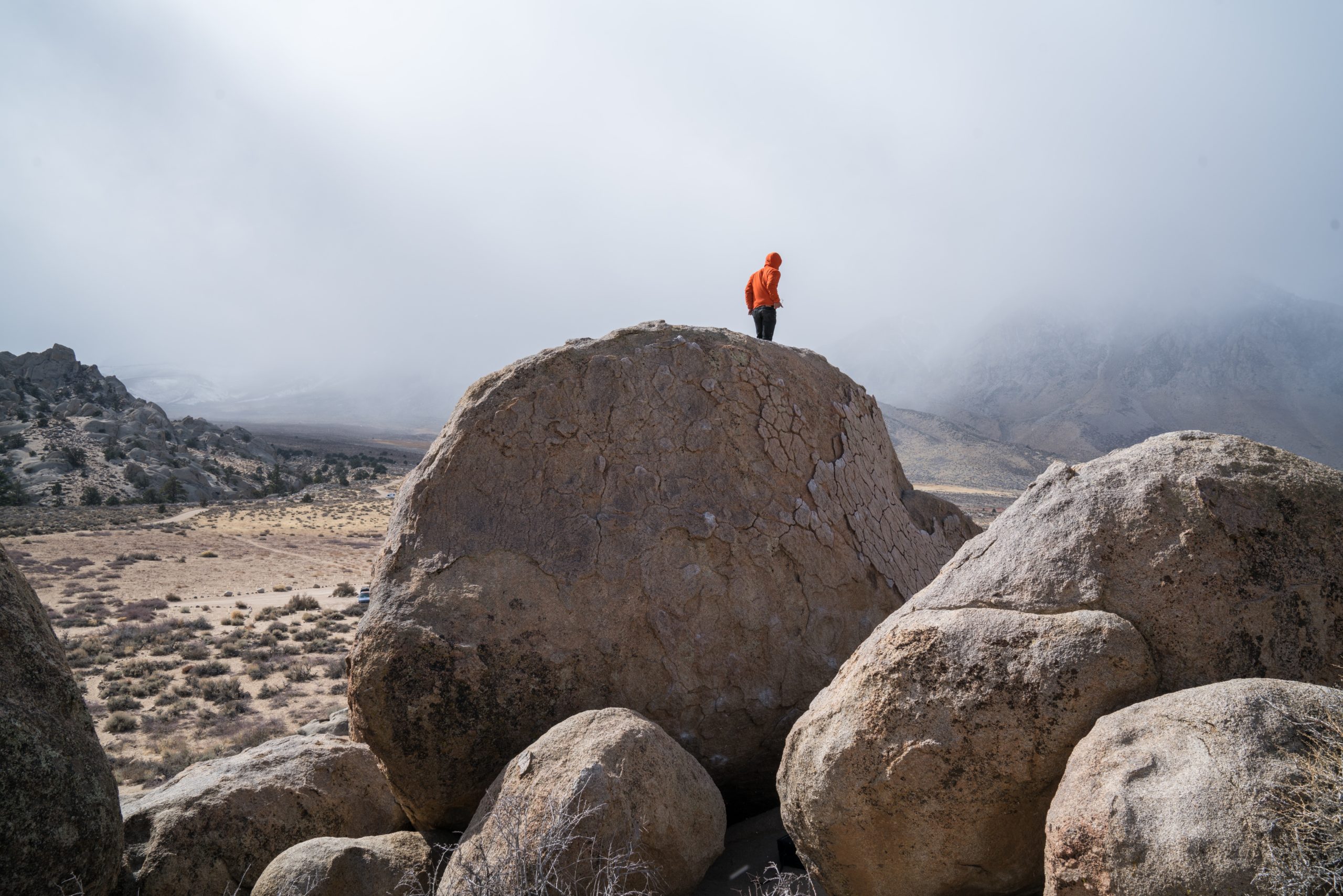The history of bouldering is intertwined with rock climbing and that is mainly due to the fact that it is an offshoot of a subcategory of the sport. Originally seen as a way to play around or train for the big wall climbs it wasn’t taken seriously as it’s own discipline. Things changed in the 1950s, however.
The History of Bouldering Beginning With John Gill
Some early mountaineers also practised the art of bouldering, such as Oscar Eckenstein and Pierre Allain. Even so, it was the one and only John Gill who defined bouldering to what we view it as today.
A legend in climbing circles, he started climbing in the 1950s. A gymnast from his previous sporting background, he brought these ideas to the rock. Uniquely, he made bouldering his primary form of climbing and was one of the first in the world to do so. He brought many things to the sport, such as dynos and chalk!
Imagine a climbing day without chalk?! We have a lot to thank Gill for, he was a true pioneer in the early days. Furthermore, he also advocated strength training, with one arm-arm pull-ups his speciality.
In 1969 Gill penned The Art of Bouldering for the American Alpine Club, and it was seen as the legitimisation of bouldering to the modern world. He encouraged its acceptance by the climbing community and it largely was.
1980s and Bouldering Mats
The history of bouldering changed forever in the 1980s. Bouldering mats, or crash pads as they are also known, were invented. This form of foam protection allowed boulderers to try problems they never had before.
This meant that they were able to put up harder and harder routes and change the way problems were approached, although danger still exists, a fall will no longer definitely result in broken bones and severe cuts!
Indoor Climbing Gyms
In the 1980s indoor climbing and bouldering gyms were invented. This developed the sport in unprecedented ways. Firstly it allowed boulderers to practice year-round in all weather conditions, which naturally meant they got stronger.
Furthermore, problems could be replicated and practised inside. Thus, they could be solved quicker and easier.
Another offshoot of indoor bouldering was that the sport was spread across the world to places were climbing was previously inaccessible. This brought many people to the sport, who would previously never have thought to try it. This inevitably increased the talent pool of climbers.
1990s – A New Dawn in The History of Bouldering

John ‘Vermin’ Sherman invented the V scale bouldering grading system in the 1990s. Although the Font scale is still popular, it really marked the beginning of worldwide comparisons between problems.
Boulderers compared themselves increasingly with others, and they established harder routes. In Switzerland, Magic Woods developed its world-famous reputation with many problems established.
2000s – V17 and Beyond?
The world is now connected in ways like never before. This impacted the world of bouldering too. Online publications and other social media facilitated the rise in popularity of the sport.
The history of bouldering is now in the modern-day. Climbers have put up problems as high as V17. This demonstrates how far the sport has evolved.
Furthermore, bouldering will debut at the Olympics in 2021. This will propel the sport into the limelight even more. There is lots to come in the future of this sport.

